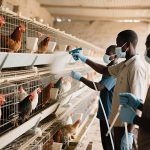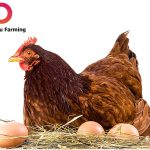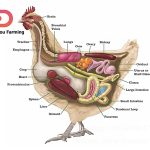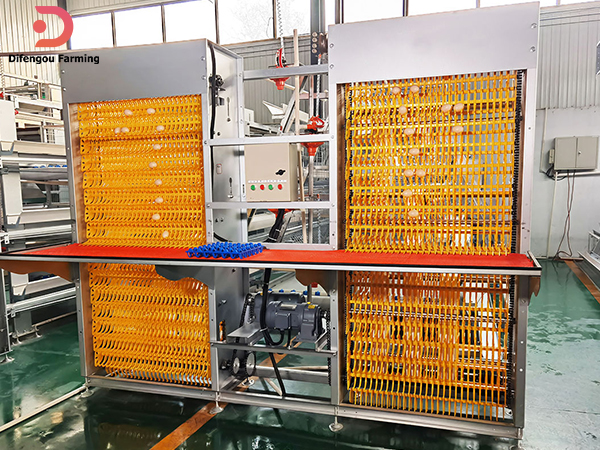Methods of expressing the nature and scale of a chicken farm in Africa
How to category your poultry farm size in Africa? This is the way to categorize it .
(1) Nature of the Chicken Farm
The nature of a chicken farm determines its production and business direction and tasks, which affects the capital investment and operational results of the farm.
- Division based on different generations
(1) Breeding farms (breeding farms, great-grandparent farms) conduct variety breeding, hybrid combination trials, and production of matching strains.
(2) Breeder farms (parent farms and grandparent farms) produce parent stock and commercial chicks through primary and secondary hybrid breeding.
(3) Commercial farms raise hybrid chickens and produce commercial eggs and meat.
- Division based on economic purposes of chickens
Commercial chicken farms are often divided according to their economic purposes.
(1) Meat chicken farms raise breeds such as fast-growing large meat chickens, mixed-breed meat chickens, and yellow-feathered meat chickens.
(2) Egg chicken farms raise egg-laying chickens. The breeds raised usually include white-shell egg chickens, brown-shell egg chickens, and tinted-shell egg chickens.
- Division based on product levels
Based on product levels, chicken farms can be categorized as general product farms, pollution-free product farms, green product farms, and organic product farms.
- Division based on production methods
Chicken farms can be divided into indoor farms and free-range farms (including orchards, woodlands, slopes, or fields) based on production methods.
II. Methods of expressing the scale of chicken farms
There are generally three methods for expressing the scale of chicken farms:
- Using the number of breeding hens (pairs) in stock
For example, if a parent-stock chicken farm has 5,000 CD breeding hens in stock, its scale is represented by 5,000 sets of parent-stock chickens. The AB roosters in the farm are not included and are matched according to the number of hens. Similarly, for a commercial egg chicken farm, if it has 5,000 egg-laying hens, its scale is represented by a farm with 5,000 hens. This method is commonly used for egg chicken farms and breeder farms.
- Using the number of commercial chickens slaughtered annually
This method is commonly used for commercial meat chicken farms. For example, an annual production of 500,000 commercial meat chickens.
- Using the number of chickens kept year-round
For example, a commercial egg chicken farm keeps 50,000 laying hens, 6,900 pullets, and 5,500 grown chickens year-round. In this case, the scale is represented by a year-round stock of 65,500 chickens.
Please refer to Table 1-1 for the classification and scale of poultry farms.
| Category | Large scale farm | Medium scale farm | Small scale farm | ||
| Breeder farm | Parent farm | ≥1.0 | <1.0 , ≥0.5 | <0.5 | |
| Parent | Layer | ≥3.0 | <3.0 , ≥1.0 | <1.0 | |
| Broiler | ≥5.0 | <5.0 , ≥1.0 | <1.0 | ||
| Commercial farm | Layer farm | ≥20.0 | <20.0 , ≥5.0 | <5.0 | |
| Broiler farm | ≥100.0 | <100.0 , ≥50.0 | <50.0 | ||
Note: The scale of a breeding chicken farm is measured in ten thousand sets of breeding hens; the scale of a commercial egg farm is measured in ten thousand laying hens; the scale of a broiler farm is measured in ten thousand slaughtered broilers per year.








